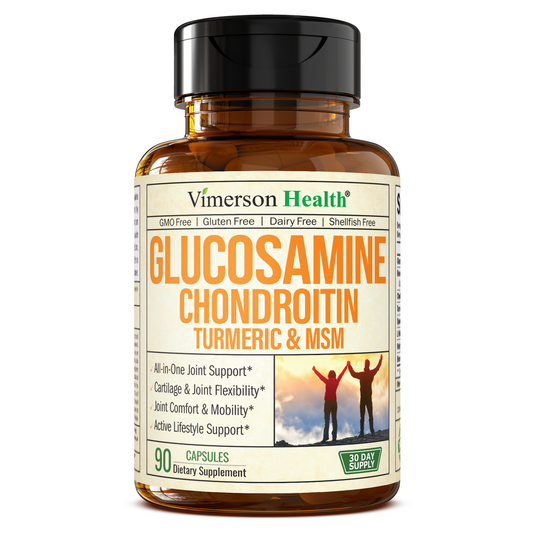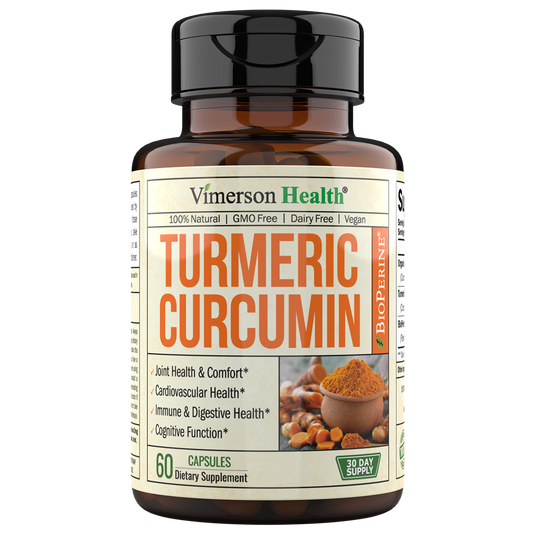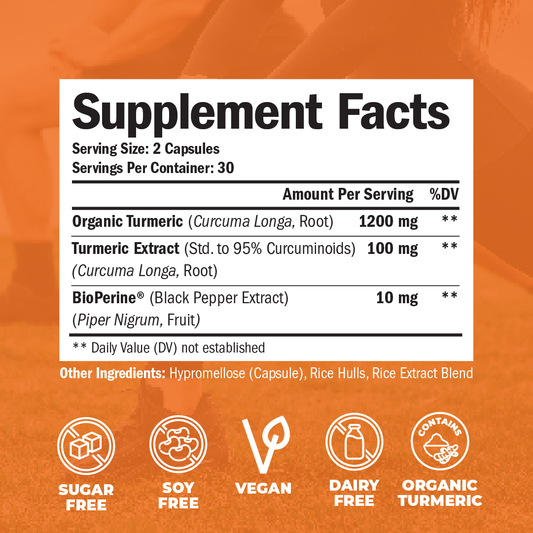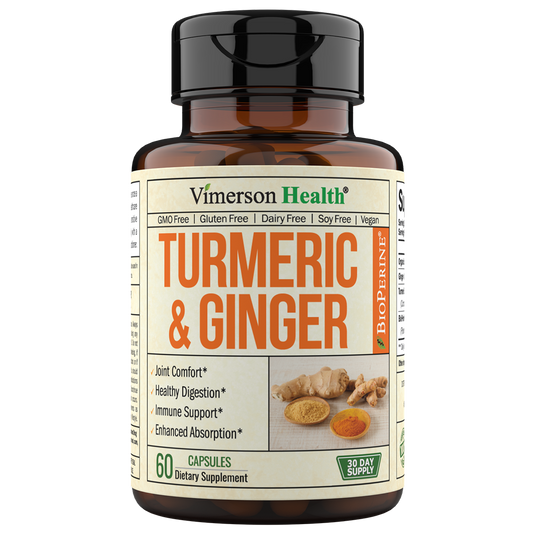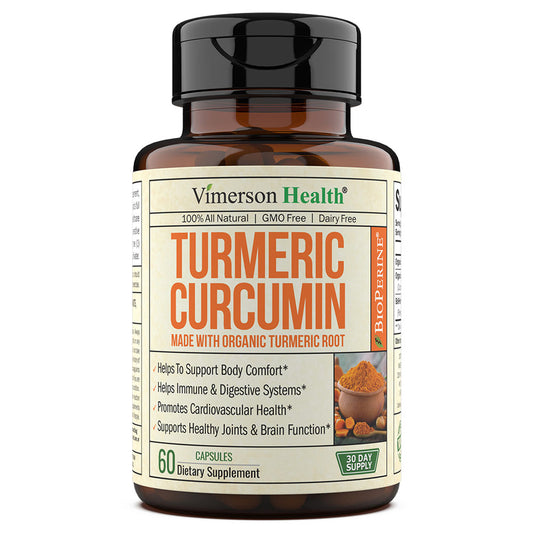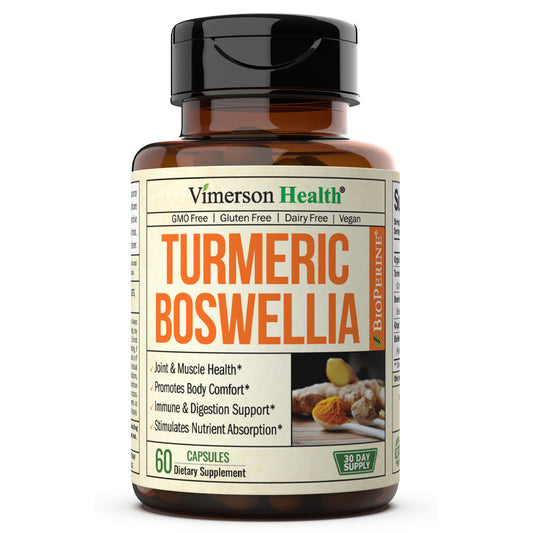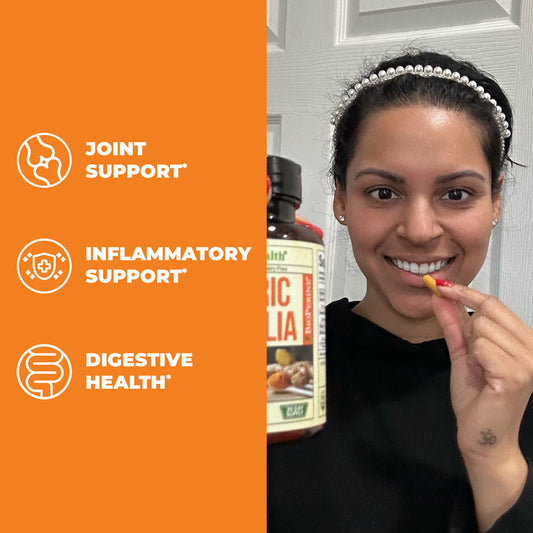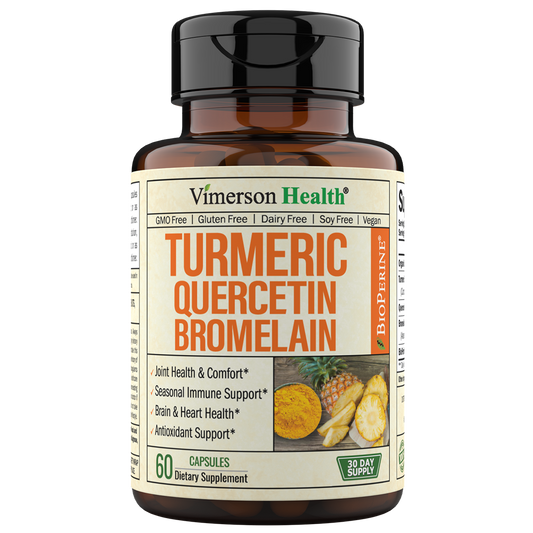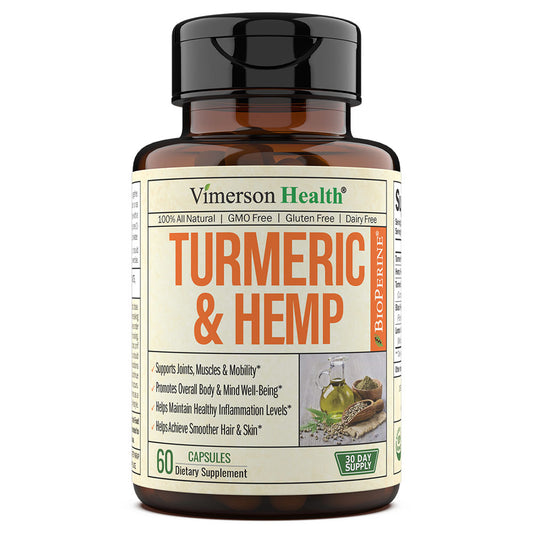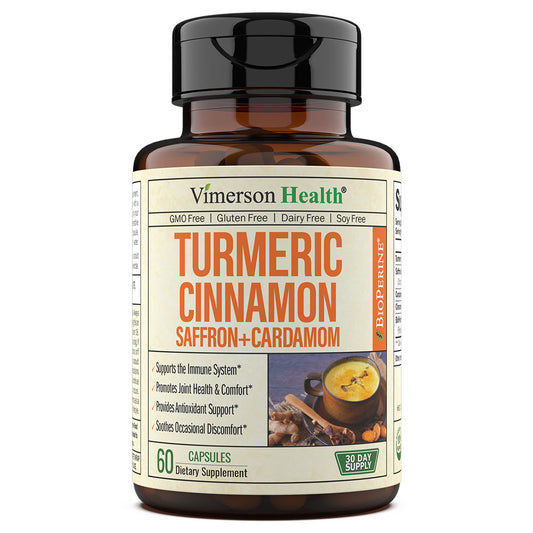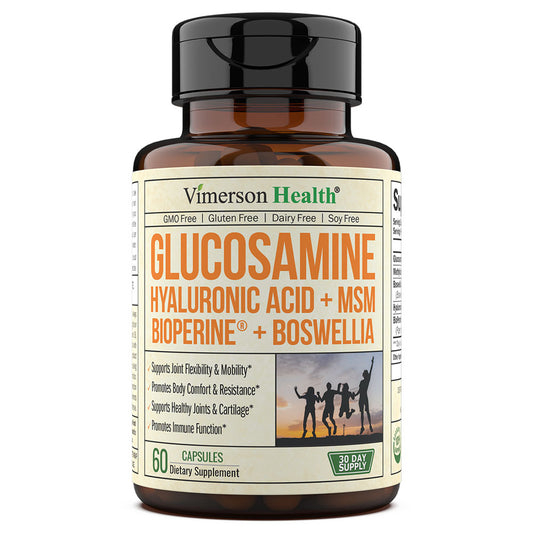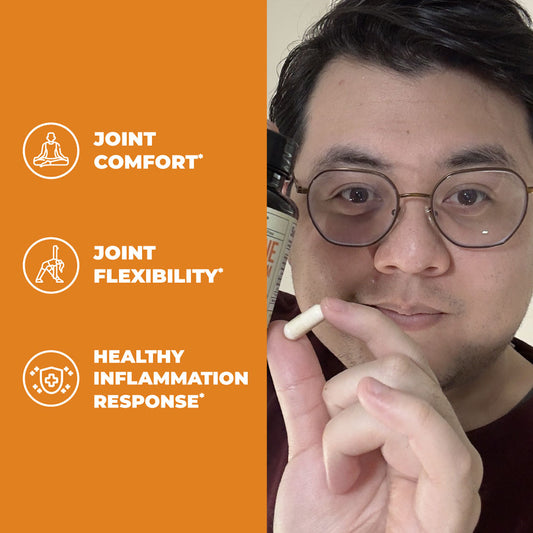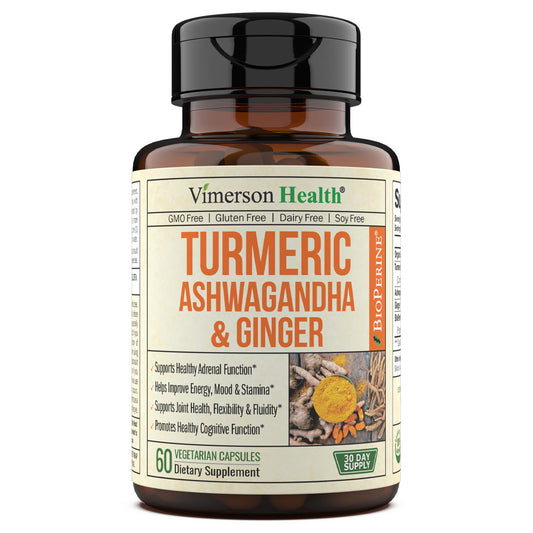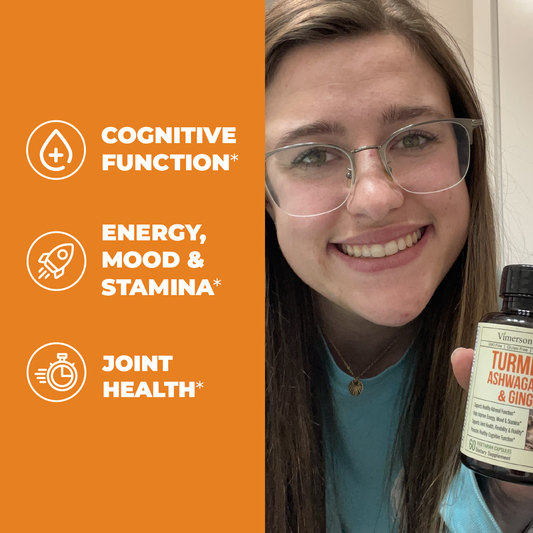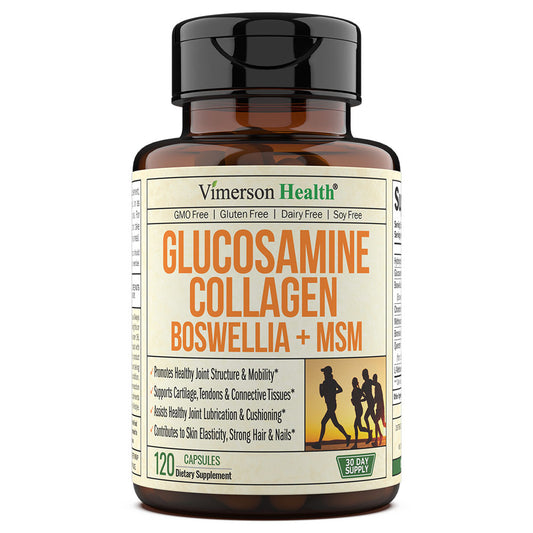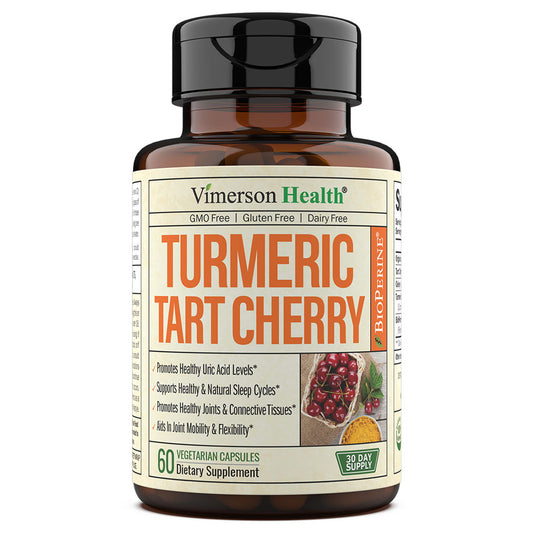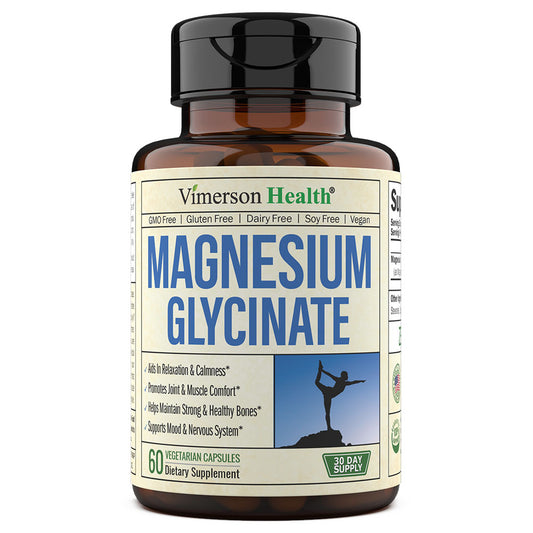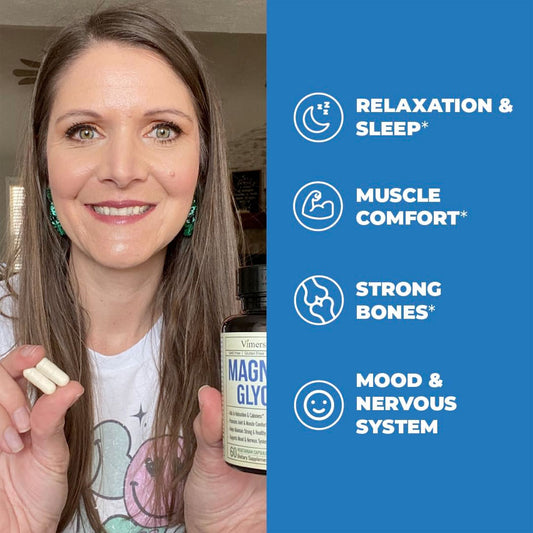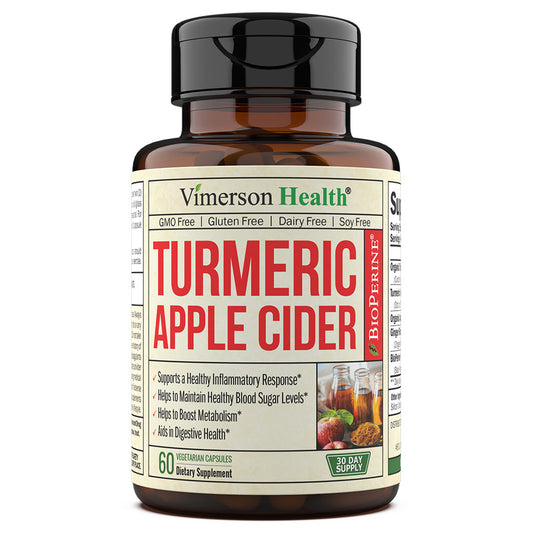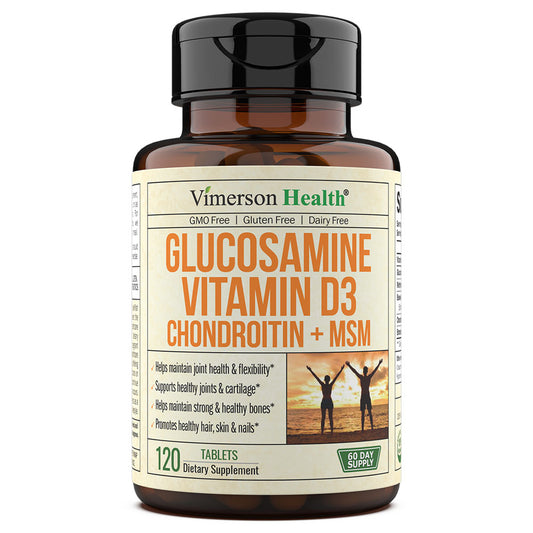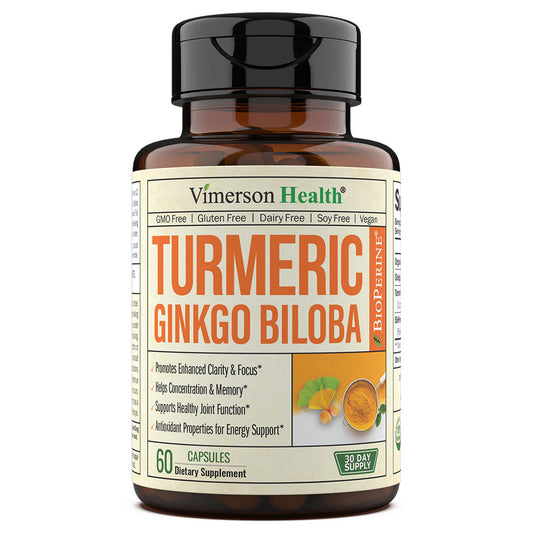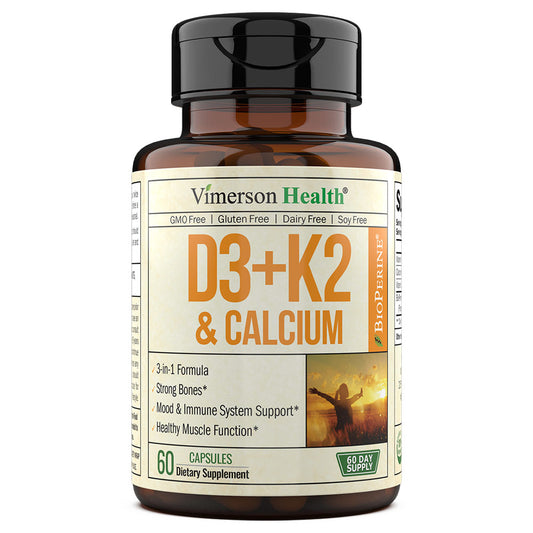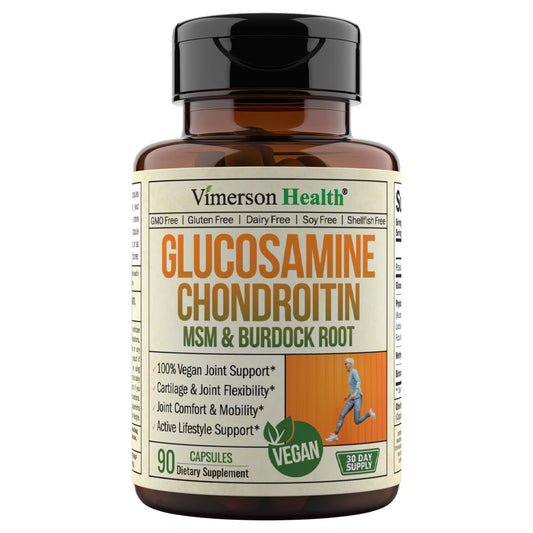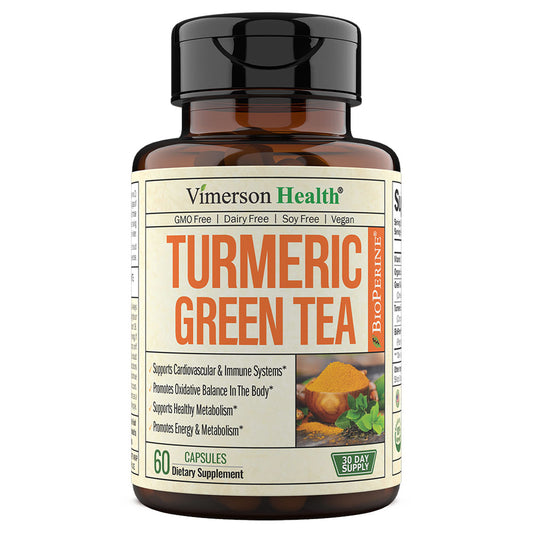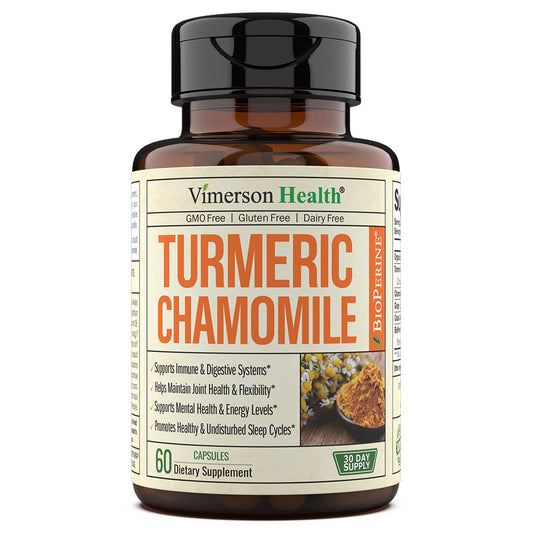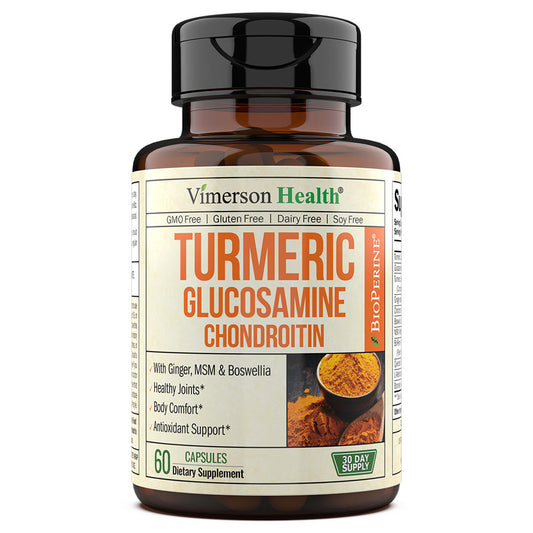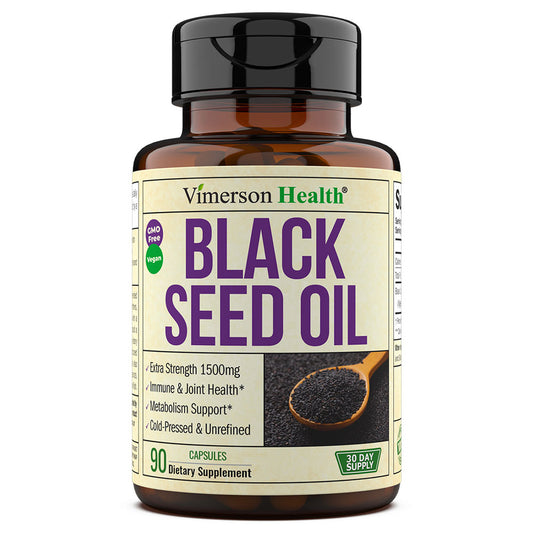
UNDERSTANDING AND MANAGING FINGER JOINT PAIN
Finger joint pain is a common discomfort that affects a significant portion of the population, manifesting in various forms and intensities. This type of pain can originate from numerous causes, ranging from overuse and strain to more complex conditions like arthritis. It's essential to understand the nature of finger joint pain, as it can significantly impact daily activities, from typing to holding objects.
The joints in our fingers are complex structures made up of bones, tendons, ligaments, and cartilage. They work in harmony to provide the wide range of motion necessary for hand function. When any part of these structures becomes inflamed, injured, or degenerates over time, it results in pain and discomfort. Common causes of finger joint pain include repetitive motion injuries, trauma, age-related wear and tear, inflammatory diseases like rheumatoid arthritis, and osteoarthritis.
Understanding the underlying cause of finger joint pain is crucial for effective management and treatment. In many cases, lifestyle adjustments, exercises, and proper nutrition play a pivotal role in alleviating discomfort and improving joint health. This article explores seven practical ways to mitigate finger joint pain, enhancing overall hand function and quality of life.

1. REST AND ACTIVITY MODIFICATION
Resting the affected fingers is crucial, especially if the pain is due to overuse or repetitive strain. When pain flares up, it's a signal from your body to take a break. If your occupation involves activities that stress your fingers, such as typing or manual labor, it's essential to take frequent breaks and adjust your routine to minimize strain. Ergonomic tools, such as cushioned keyboards or grip-friendly tools, can significantly reduce the stress on finger joints. Additionally, adopting a balanced approach to physical activities, alternating between tasks that stress the fingers and those that allow them to rest, can prevent exacerbation of pain.
2. HEAT AND COLD THERAPY
The application of heat and cold can be a simple yet effective way to manage finger joint pain. Heat therapy, through warm compresses or soaking hands in warm water, helps in relaxing muscles and increasing blood flow, thus alleviating stiffness and improving mobility. On the other hand, cold therapy, using ice packs or cold compresses, can be particularly effective in reducing swelling and numbing acute pain. It's important to use a barrier, like a towel, between the skin and the heat or cold source to prevent skin damage. Alternating between heat and cold therapy can provide optimal relief for different types of joint pain.

3. GENTLE EXERCISES AND STRETCHING
Engaging in gentle exercises and stretching can significantly benefit those suffering from finger joint pain. Regular, light exercises enhance joint flexibility and build the strength of the muscles surrounding the joints, providing better support. Stretching helps in maintaining a good range of motion. Finger stretches, making a fist, finger lifts, and bending each finger can be particularly helpful. It's vital to perform these exercises slowly and without forcing the joints beyond their comfortable range of motion. Consulting a physical therapist for a tailored exercise plan can ensure the activities are effective and safe.
4. MASSAGE AND PHYSICAL THERAPY
Massage therapy can be a beneficial treatment for finger joint pain. Gentle massaging of the affected area can increase blood flow, reduce muscle tension, and enhance joint flexibility. Using essential oils with anti-inflammatory properties can further enhance the benefits of massage. Physical therapy, on the other hand, provides a more structured approach to managing joint pain. A physical therapist can assess your condition and develop a personalized treatment plan, which may include exercises, manual therapy, and advice on joint protection techniques. Regular sessions can help in reducing pain, improving function, and preventing further joint damage.

5. STRESS MANAGEMENT AND RELAXATION TECHNIQUES
Stress can have a significant impact on joint pain, including the joints in the fingers. When stressed, the body's response can exacerbate pain and inflammation. Incorporating stress management and relaxation techniques into your routine can help mitigate this. Techniques such as deep breathing exercises, mindfulness meditation, and gentle yoga can be particularly effective. These practices not only reduce stress but also improve overall well-being. Regular practice can lead to long-term benefits, not only for joint health but also for mental and emotional well-being, which is often interconnected with physical health.
6. PROPER HAND CARE AND ERGONOMICS
Caring for your hands and maintaining proper ergonomics can significantly reduce the risk of finger joint pain. When engaging in activities that strain the fingers, such as typing or using tools, it’s important to use ergonomic equipment. For example, ergonomic keyboards and mouse pads with wrist support can reduce strain during computer work. Additionally, wearing protective gloves while doing manual labor can cushion the joints and prevent injuries. Regularly moisturizing the hands and keeping the nails trimmed can also prevent discomfort and infections that could exacerbate joint pain.

7. DIETARY ADJUSTMENTS
Diet plays a significant role in managing inflammation, which can contribute to finger joint pain. Incorporating anti-inflammatory foods like fatty fish (rich in omega-3 fatty acids), nuts, seeds, fruits, and vegetables can help reduce inflammation. On the other hand, it's beneficial to reduce the intake of inflammatory foods such as processed foods, sugars, and trans fats. Hydration is also important as water helps in maintaining the lubrication of the joints. A balanced diet, rich in nutrients, can aid in maintaining healthy joints and overall well-being.
SUPPLEMENTAL SUPPORT FOR JOINT HEALTH
In addition to the aforementioned strategies, incorporating dietary supplements can play a crucial role in maintaining joint health. Supplements containing ingredients like glucosamine, chondroitin, and omega-3 fatty acids are known for their potential benefits in supporting joint health. These components may help in maintaining the integrity of cartilage, balancing inflammation, and providing the necessary nutrients for joint maintenance.
While supplements should not be seen as a cure-all, they can be a valuable addition to a holistic approach to managing joint health. It's important to choose high-quality supplements and consult with a healthcare provider before starting any new supplement regimen.
CONCLUSION ABOUT JOINT HEALTH
Remember, maintaining joint health is a multifaceted endeavor, involving a combination of lifestyle changes, physical care, and nutritional support. Supplements can be a part of this comprehensive approach, offering additional support to keep your joints functioning smoothly and discomfort-free.
BEST SUPPLEMENT FOR JOINT HEALTH🥇
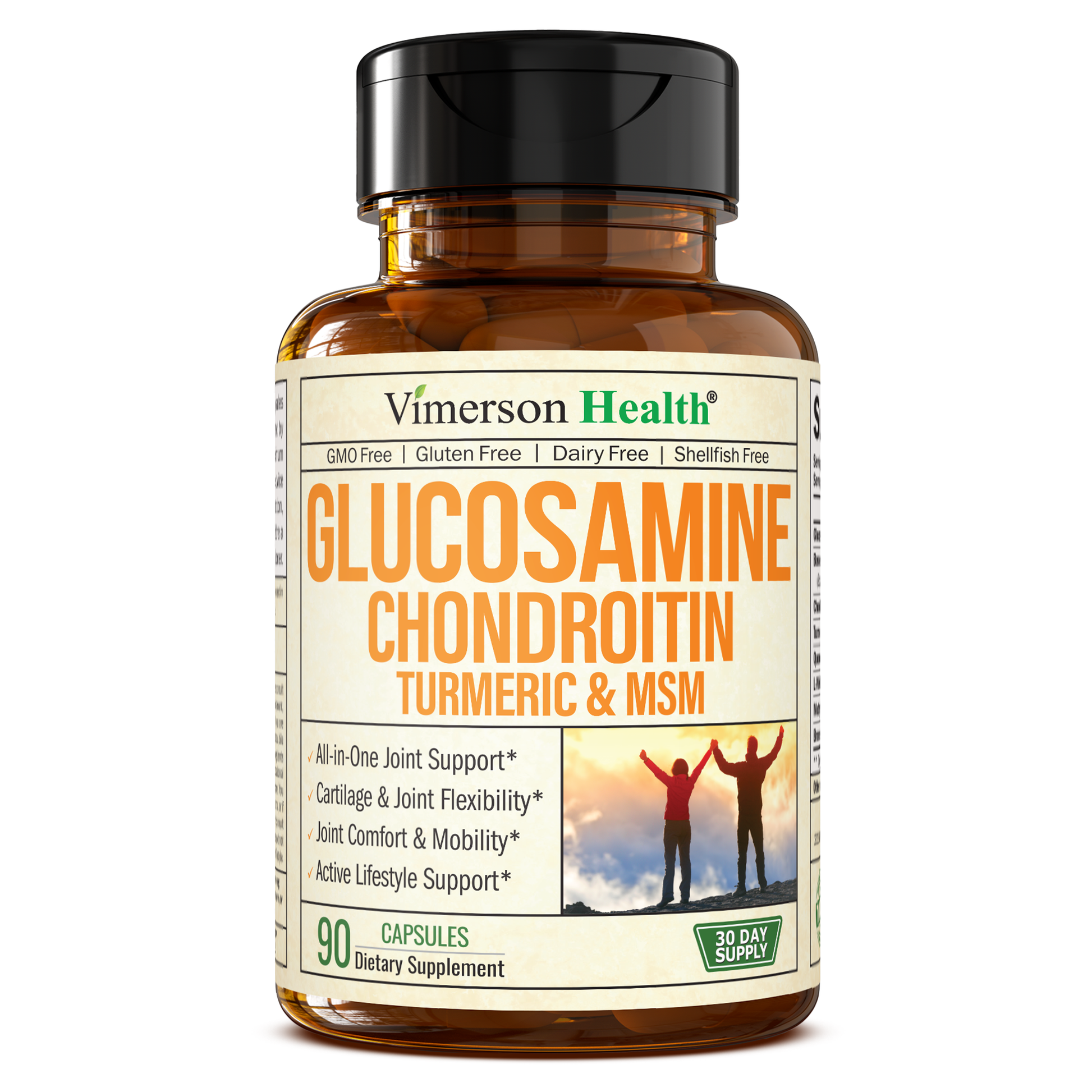
Vimerson Health
GLUCOSAMINE CHONDROITIN SUPPLEMENT
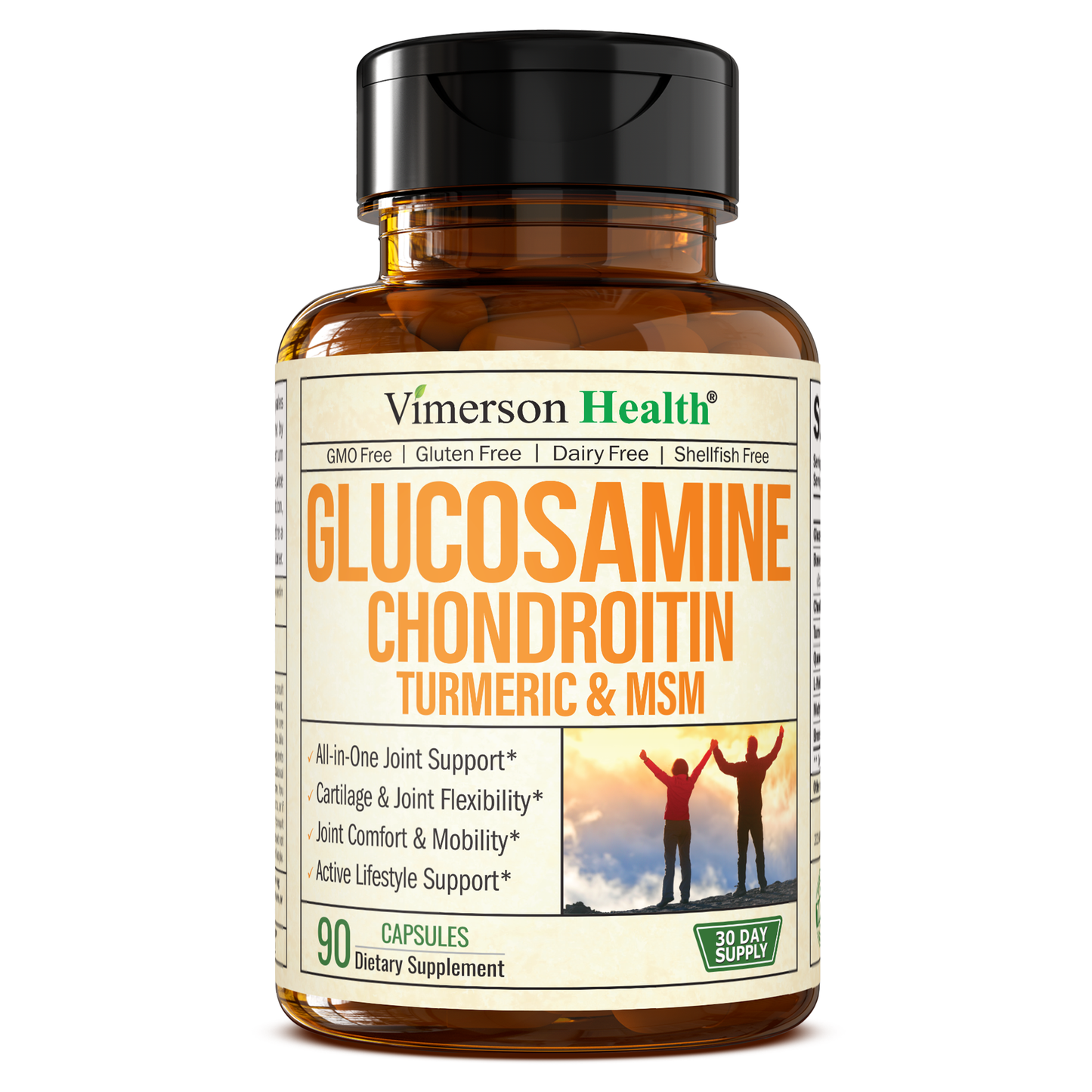










ALL VIMERSON SUPPLEMENTS FOR JOINT HEALTH
-
GLUCOSAMINE CHONDROITIN SUPPLEMENT
Vendor:Vimerson HealthRegular price $28.97Regular priceUnit price / per -
TURMERIC CURCUMIN SUPPLEMENT
Vendor:Vimerson HealthRegular price $23.97Regular priceUnit price / per -
TURMERIC GINGER SUPPLEMENT
Vendor:Vimerson HealthRegular price $23.97Regular priceUnit price / per -
ORGANIC TURMERIC CURCUMIN SUPPLEMENT
Vendor:Vimerson HealthRegular price $24.97Regular priceUnit price / per -
TURMERIC BOSWELLIA SUPPLEMENT
Vendor:Vimerson HealthRegular price $23.97Regular priceUnit price / per -
TURMERIC QUERCETIN BROMELAIN SUPPLEMENT
Vendor:Vimerson HealthRegular price $23.97Regular priceUnit price / per -
TURMERIC & HEMP SUPPLEMENT
Vendor:Vimerson HealthRegular price $23.97Regular priceUnit price / per -
TURMERIC CINNAMON SUPPLEMENT
Vendor:Vimerson HealthRegular price $23.97Regular priceUnit price / per -
GLUCOSAMINE + HYALURONIC ACID SUPPLEMENT
Vendor:Vimerson HealthRegular price $24.97Regular priceUnit price / per -
TURMERIC ASHWAGANDHA & GINGER SUPPLEMENT
Vendor:Vimerson HealthRegular price $22.97Regular priceUnit price / per -
GLUCOSAMINE + COLLAGEN SUPPLEMENT
Vendor:Vimerson HealthRegular price $25.97Regular priceUnit price / per -
TURMERIC TART CHERRY SUPPLEMENT
Vendor:Vimerson HealthRegular price $22.97Regular priceUnit price / per -
MAGNESIUM GLYCINATE SUPPLEMENT
Vendor:Vimerson HealthRegular price $24.97Regular priceUnit price / per -
TURMERIC APPLE CIDER SUPPLEMENT
Vendor:Vimerson HealthRegular price $23.97Regular priceUnit price / per -
GLUCOSAMINE + VITAMIN D3 SUPPLEMENT
Vendor:Vimerson HealthRegular price $26.97Regular priceUnit price / per -
TURMERIC GINKGO BILOBA SUPPLEMENT
Vendor:Vimerson HealthRegular price $22.97Regular priceUnit price / per -
D3 + K2 & CALCIUM SUPPLEMENT
Vendor:Vimerson HealthRegular price $23.97Regular priceUnit price / per -
VEGAN GLUCOSAMINE SUPPLEMENT
Vendor:Vimerson HealthRegular price $29.97Regular priceUnit price / per -
TURMERIC GREEN TEA SUPPLEMENT
Vendor:Vimerson HealthRegular price $23.97Regular priceUnit price / per -
TURMERIC CHAMOMILE SUPPLEMENT
Vendor:Vimerson HealthRegular price $23.97Regular priceUnit price / per -
TURMERIC GLUCOSAMINE CHONDROITIN SUPPLEMENT
Vendor:Vimerson HealthRegular price $22.97Regular priceUnit price / per -
BLACK SEED OIL SUPPLEMENT
Vendor:Vimerson HealthRegular price $25.97Regular priceUnit price / per
* These statements have not been evaluated by the Food and Drug Administration. This product is not intended to diagnose, treat, cure, or prevent any disease.

